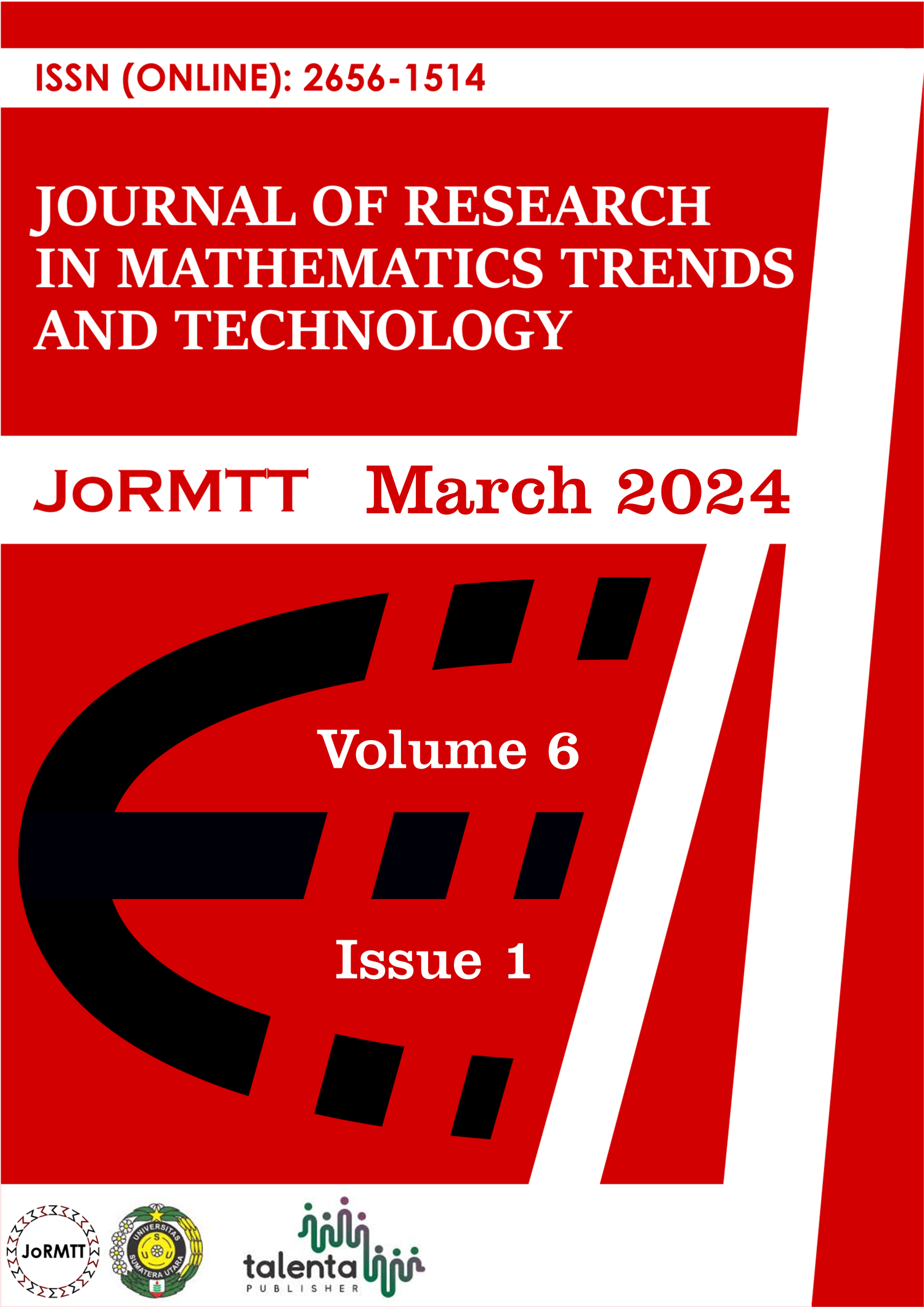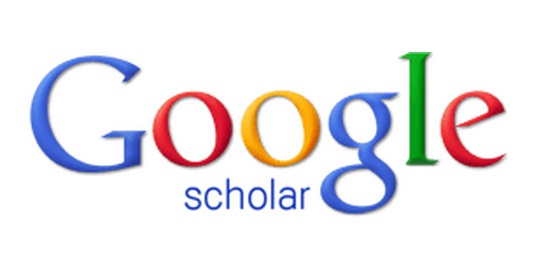Determining the Location of Nenas Processing Factories in North Sumatra Using Dijkstra Algorithm
DOI:
https://doi.org/10.32734/jormtt.v6i1.16978Keywords:
Pineapple, Shortest route, Dijkstra's algorithmAbstract
Pineapples have many health advantages. In addition to having many health benefits, this fruit can be processed into juice, jam, syrup, and chips. Pineapple is often eaten as fresh fruit and utilized primarily for its flesh. The community has not utilized this potential to its fullest extent. The production of pineapples is ranked second after oranges, according to statistics from the Central Statistics Agency of the North Sumatra Province for the year 2018-2019. This indicates that pineapples have a lot of potential for development both domestically and eventually for export. Determining the best route for transportation to the pineapple processing factory and the lack of one in North Sumatra provide the primary research challenges. In literary works, the factory's location is ascertained by analyzing production levels and utilizing Dijkstra algorithm programming to find the shortest transit path from the producing region to the factory. Using Google Maps, the 10 highest generating regions were identified for this study, with the district capital serving as the vertex and the distance between regions serving as the edge. According to the research findings, the pineapple processing plant was located in the middle of North Tapanuli Regency, and the shortest path between each region and the processing factory location was identified
Downloads
Downloads
Published
How to Cite
Issue
Section
License
Copyright (c) 2024 Journal of Research in Mathematics Trends and Technology

This work is licensed under a Creative Commons Attribution-ShareAlike 4.0 International License.
Authors submitting a manuscript do so on the understanding that if accepted for publication, copyright of the article shall be assigned to Journal of Research in Mathematics Trends and Technology (JoRMTT) and Faculty of Mathematics and Natural Sciences as well as TALENTA Publisher Universitas Sumatera Utara as publisher of the journal.
Authors still retain the rights to use and share the published articles without written permission from JoRMTT, as long as they follow the Creative Commons Licensing Terms as set forth by Creative Commons. Authors responsible to obtain the license or related copyright issues in their works. JoRMTT shall be released of any liabilities should any problems arise due to authors errors in this matter.
Authors permit JoRMTT to publish and provide the manuscripts in all forms and media for the purpose of publication and dissemination.
JoRMTT will follow COPE Code of Conduct and Best Practice Guidelines for Journal Editors to protect the research results and takes allegations of any infringements, plagiarisms, ethical issues, and frauds should those issues arise. The manuscript is attributed as authors' work, and are properly identified.
The Copyright Transfer Form can be downloaded here.
The copyright form should be signed originally and sent to the Editorial Office in the form of original mail or scanned document.
Users are free to:
- Share (copy and redistribute the material in any medium or format)
- Adapt (remix, transform, and build upon the material)
under the following terms:
- Attribution (must give appropriate credit, provide a link to the license, and indicate if changes were made. You may do so in any reasonable manner, but not in any way that suggests the licensor endorses you or your use)
- NonCommercial (may not use the material for commercial purposes)
- ShareAlike (If you remix, transform, or build upon the material, you must distribute your contributions under the same license as the original)
- No additional restrictions (You may not apply legal terms or technological measures that legally restrict others from doing anything the license permits)
Notices:
You do not have to comply with the license for elements of the material in the public domain or where your use is permitted by an applicable exception or limitation.
No warranties are given. The license may not give you all of the permissions necessary for your intended use. For example, other rights such as publicity, privacy, or moral rights may limit how you use the material.













